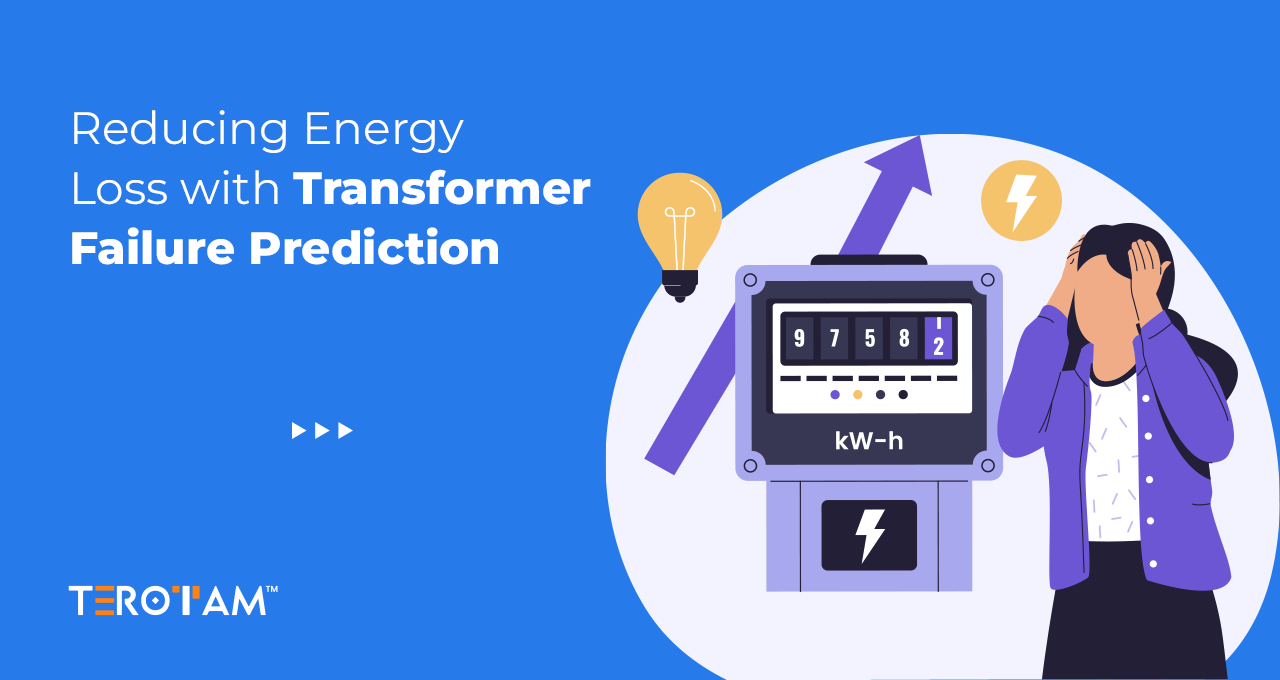Planned Preventive Maintenance (PPM) is a proactive approach to maintenance that involves regularly scheduled inspections, tests, and repairs to equipment, facilities, and systems in order to prevent breakdowns and minimize the risk of equipment failure. The goal of PPM is to extend the lifespan of equipment and facilities, improve their performance and reliability, and reduce the risk of downtime and unplanned repairs.
In PPM, maintenance activities are planned in advance based on the equipment’s usage, age, and condition, as well as the needs of the facility. This allows maintenance teams to schedule necessary maintenance activities during planned downtime, reducing the risk of unplanned downtime and reducing the impact on operations.
PPM is often seen as a more effective and efficient approach to maintenance compared to reactive or breakdown maintenance, where maintenance is only performed after a problem has occurred. By proactively maintaining equipment and facilities, PPM helps to minimize the risk of equipment failure, improve safety and efficiency, and ultimately, reduce costs associated with unplanned downtime and repairs.
Planned preventative maintenance (PPM) offers several advantages, including:
1. Increased Equipment Lifespan:
Regular preventive maintenance helps extend the lifespan of your equipment by addressing wear and tear before it becomes serious. Well-maintained machinery operates smoothly, reduces unexpected failures, and minimizes the need for frequent replacements, saving both time and money over the long term.
2. Improved Safety:
By identifying potential hazards and addressing them proactively, PPM enhances workplace safety for both employees and equipment. It reduces the risk of accidents caused by malfunctioning machinery, ensures compliance with safety standards, and creates a safer, more secure work environment.
3. Increased Efficiency:
Well-maintained equipment runs more efficiently, delivering consistent performance and higher productivity. Fewer breakdowns mean less downtime, smoother workflows, and optimized energy usage, all of which contribute to more efficient operations and lower operational costs.
4. Cost Savings:
Preventive maintenance allows small issues to be detected and corrected before they escalate into costly repairs. By avoiding emergency breakdowns, businesses save on repair expenses, reduce unplanned downtime, and can better allocate budgets for planned upgrades rather than reactive fixes.
5. Better Reliability:
PPM ensures that equipment is always in optimal working condition, reducing unexpected interruptions to production schedules. Reliable equipment improves customer satisfaction, maintains consistent output, and builds trust in the overall operational process.
6. Improved Facilities Appearance:
Routine maintenance keeps equipment, machinery, and workspaces clean, functional, and visually appealing. A well-maintained facility not only boosts employee morale but also leaves a positive impression on clients, visitors, and stakeholders.
7. Better Decision-Making:
Tracking maintenance activities and equipment performance through PPM provides valuable insights for management. This data helps make informed decisions about equipment upgrades, replacements, and resource allocation, leading to smarter long-term business strategies.
Comparing the Costs: PPM vs Reactive Maintenance
Comparing the costs of Planned Preventive Maintenance (PPM) and Reactive Maintenance goes beyond simply deciding which one appears more expensive. While PPM may seem costlier upfront due to regular inspections, scheduled servicing, and routine part replacements, reactive maintenance only requires spending when equipment breaks down—making it appear cheaper in the short term.
However, long-term results reveal a different picture. With PPM, equipment is consistently inspected, lubricated, and maintained, which extends asset lifespan and significantly reduces the risk of sudden failures. By detecting issues early, organizations avoid major repair costs, emergency breakdowns, and the operational downtime that often leads to lost productivity and revenue.
Reactive maintenance, on the other hand, occurs only after a problem has surfaced. This leads to unpredictable downtime, expensive emergency repairs, and temporary fixes that fail to address root causes—resulting in repeated breakdowns and higher long-term costs.
In conclusion, while PPM may require upfront investment, its long-term benefits—improved reliability, reduced downtime, and minimized repair expenses—make it a far more cost-effective maintenance strategy for sustainable business operations.
How to Improve PPM with Asset Management Software TeroTAM
Asset management software plays a crucial role in supporting planned preventative maintenance (PPM) for organizations. PPM is a proactive approach to maintenance that aims to identify and rectify potential problems before they occur. This helps to minimize equipment downtime, prolong the lifespan of assets, and improve overall operational efficiency.
TeroTAM software is a leading asset management software that provides organizations with the tools they need to effectively manage their assets. TeroTAM software helps organizations keep track of their assets, schedule maintenance tasks, and monitor the performance of assets in real time.
One of the key ways that TeroTAM supports PPM is through its ability to automate the maintenance scheduling process. The software allows organizations to set up regular maintenance tasks for their assets based on a variety of factors, such as usage, age, and operating conditions. This ensures that maintenance tasks are carried out at the right time and helps to minimize the risk of equipment failure.
TeroTAM also provides real-time monitoring and alerts for assets, allowing organizations to identify potential problems before they become major issues. For example, if an asset is showing signs of wear and tear, TeroTAM can send an alert to maintenance staff, allowing them to schedule a repair before the asset fails completely.
Another important feature of TeroTAM is its ability to provide detailed reports on the performance and maintenance history of assets. This information can be used to identify trends and patterns in asset performance, which can help organizations to prioritize maintenance tasks and make informed decisions about the replacement of assets.
Ending up,
TeroTAM is a comprehensive asset management software that provides organizations with the tools they need to effectively manage their assets and support PPM. By automating the maintenance scheduling process, providing real-time monitoring and alerts, and generating detailed reports, TeroTAM helps organizations minimize equipment downtime, prolong the lifespan of assets, and improve overall operational efficiency.








